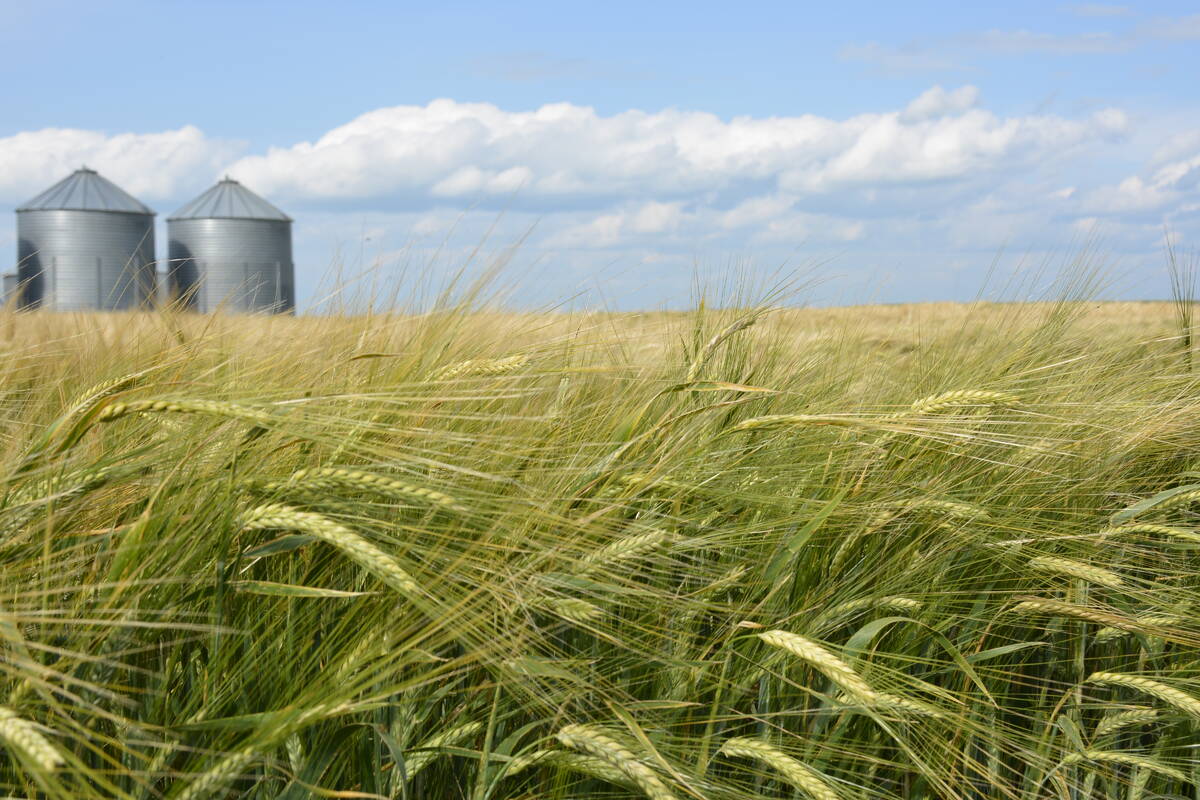Warming Pacific Ocean | A change in weather patterns could see India hit hard
An evolving El Nino will likely disrupt pulse production in the world’s largest import market and one of the largest export markets, says a weather expert.
Warm water below the surface of the eastern Pacific Ocean is starting to well up and heat the surface.
Surface temperatures need to be .5 C above normal for three months to be declared an official El Nino, but it won’t take nearly that long to feel the impact, said Drew Lerner, president of World Weather Inc.
“Be very, very careful. The anomalies of world weather patterns will change long before anybody is ready to declare it as an El Nino,” he said.
Read Also

StatCan stands by its model-based crop forecast
Statistics Canada’s model-based production estimates are under scrutiny, but agency says it is confident in the results.
“As soon as (the warming) be-comes significant, which will probably be in the next few weeks, we’ll start seeing world weather patterns change abruptly.”
India is one of the countries that could be hurt by an El Nino. It would reduce the intensity of the summer monsoon rain, which falls from June to September.
Indian farmers usually plant their kharif (summer) pulse crops in June and July.
“By then the El Nino will be in full force most likely,” said Lerner.
“If their rains are not well timed and sufficient to support their crops, they can have some huge losses.”
He stopped short of forecasting drought for India because other weather events would have to occur for that to happen.
However, current conditions are not encouraging because sea surface temperatures in the Arabian Sea and Bay of Bengal are colder than normal, which means the amount of water vapour moving into the atmosphere to feed the monsoon rain is less than usual.
“At this point, I’m looking for a moderate impact that will probably see rainfall significantly below normal in at least portions of the country that will hurt some production,” said Lerner.
A disappointing summer monsoon would also affect India’s rabi (winter) season production.
The effects of a developing El Nino will first be felt in the tropics, such as Indonesia, Australia, northern South America and Central America.
Australia is a major exporter of pulse crops to the Indian subcontinent, where imported Australian desi chickpeas compete with imported Canadian yellow peas.
Queensland and New South Wales are the two Australian states most directly impacted by El Nino. They also produce 97 percent of the country’s desi chickpeas.
“A lot of times their rainfall reductions are rather dramatic,” said Lerner.
Portions of Queensland and New South Wales have already been suffering from prolonged drought. Good rain fell recently, but some areas in the two states are still ex-tremely dry.
The desi chickpea crop is planted in May and early June and harvested from late October to early December.
Peter Semmler, principal of Agri-semm Global Brokerage, expects seeding will be down from the 1.06 million acres planted last year.
He said in an email that Australian chickpea farmers will likely be “starting behind the eight ball” and that an El Nino would result in reduced yields, forcing buyers in the Indian subcontinent to source product from Canada, Ukraine or Russia.
Lerner said most of the drought damage would happen during the reproduction period in late August and September when El Nino is likely to be quite strong.
El Nino’s influence on Canada is usually relatively minor. In recent years, it has lead to a drier bias in the Prairies, which is already a bit of a concern for 2014, so that is something to keep an eye on.

















